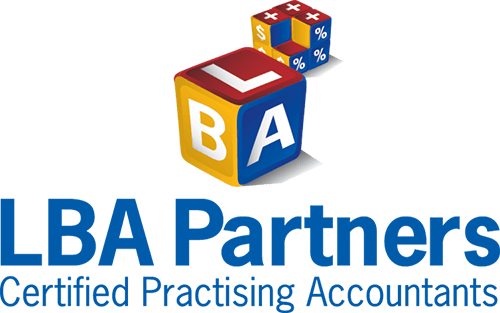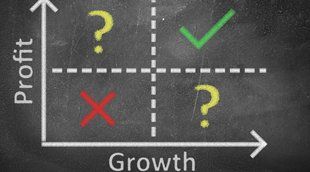Current compliance issues in the SMSF space
In a recent presentation, the Director of ATO’s superannuation and employer obligations area, Paul Delahunty, shared some key compliance issues that the ATO is currently prioritising in the SMSF space, some identifiable compliance trends to emerge from audit contravention reports and some key statistics on the overall SMSF population and details on asset classes. Recent statistics indicate that there are around 600,000 SMSFs, with over 1.1m members holding an estimated total asset value of $876bn. By far the most popular investment class by dollar value is listed shares ($241bn invested by SMSFs), which is almost double the amount invested in the second asset class of cash and term deposits ($147bn). These investments are then followed in descending monetary value by unlisted trusts ($115bn), non-residential property ($91bn), and residential property ($49bn). During COVID-19 and until recently, the ATO had put compliance action in the sector on hold and provided various forms of relief, including the in-house asset rules for rental relief provided to related party tenants. However, in the 2022-23 financial year, the ATO is looking to scale up its compliance program as a reaction to indicators of heightened risk. While the ATO’s main compliance focus will always be on any activity that puts retirement savings at risk or inappropriately takes advantage of the concessional tax environment, in the near term it will be dedicating its focus specifically on illegal early release in all forms. This is when individuals access their retirement savings before a condition of release has been met. This, according to the ATO, is currently on the rise. The three main routes for illegal access according to the ATO are as follows: new registrants entering the SMSF space purely for the purpose of illegal access; existing trustees of SMSFs no longer lodging SMSF returns after illegal access; and existing trustees that continue to lodge but have illegally accessed some of their super. One of the big red flags that the ATO looks out for is when individuals establish their SMSF and initiate a rollover but fail to lodge a corresponding first annual return. It notes that this is a good predictor that an illegal early release has occurred, either as a result of deliberate behaviour or participation in a scheme. Data obtained from lodgment of the 2020 annual return showed a significant growth in the number of SMSFs failing to lodge their first annual return and accounted for 26% of all returns. Even more concerning for the ATO, early data from the 2021 year seems to indicate that the percentage of outstanding returns for new registrants has increased yet again. For context, the percentage of new registrants failing to lodge their first return was only 3% in 2013. New registrants that ignore the extensive ATO communications campaigns to lodge will now be targeted with a “3 strikes and you’re out” compliance campaign. This campaign consists of the ATO firstly issuing a “blue letter” that encourages trustees to take immediate action to lodge and provides a pathway for those who need support. If no response is received from the “blue letter”, the ATO will follow up by issuing an “amber letter” warning trustees of the consequences of failing to lodge their return. Finally, if no response is received from the “amber letter”, a final warning or “red letter” will be issued advising trustees that the ATO have commenced the disqualification process and will consider other enforcement action. So far, the ATO has issued its first and second batch of “red letters” to funds in early April and June 2022, with presumably more to follow.



